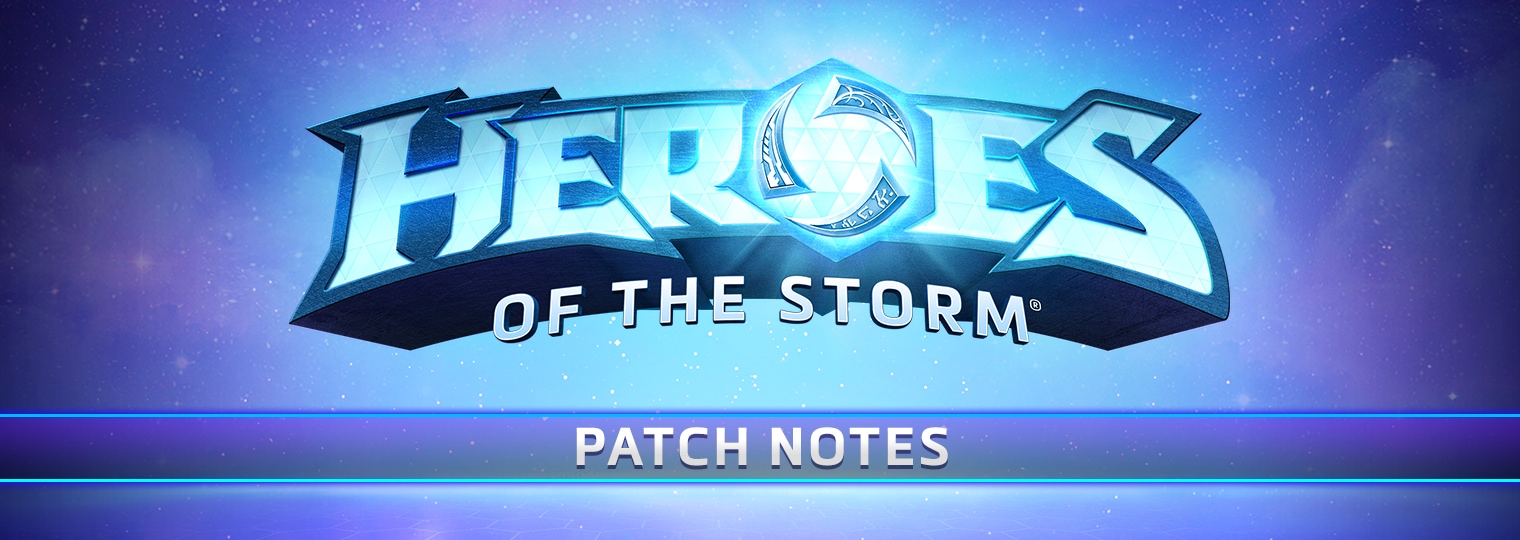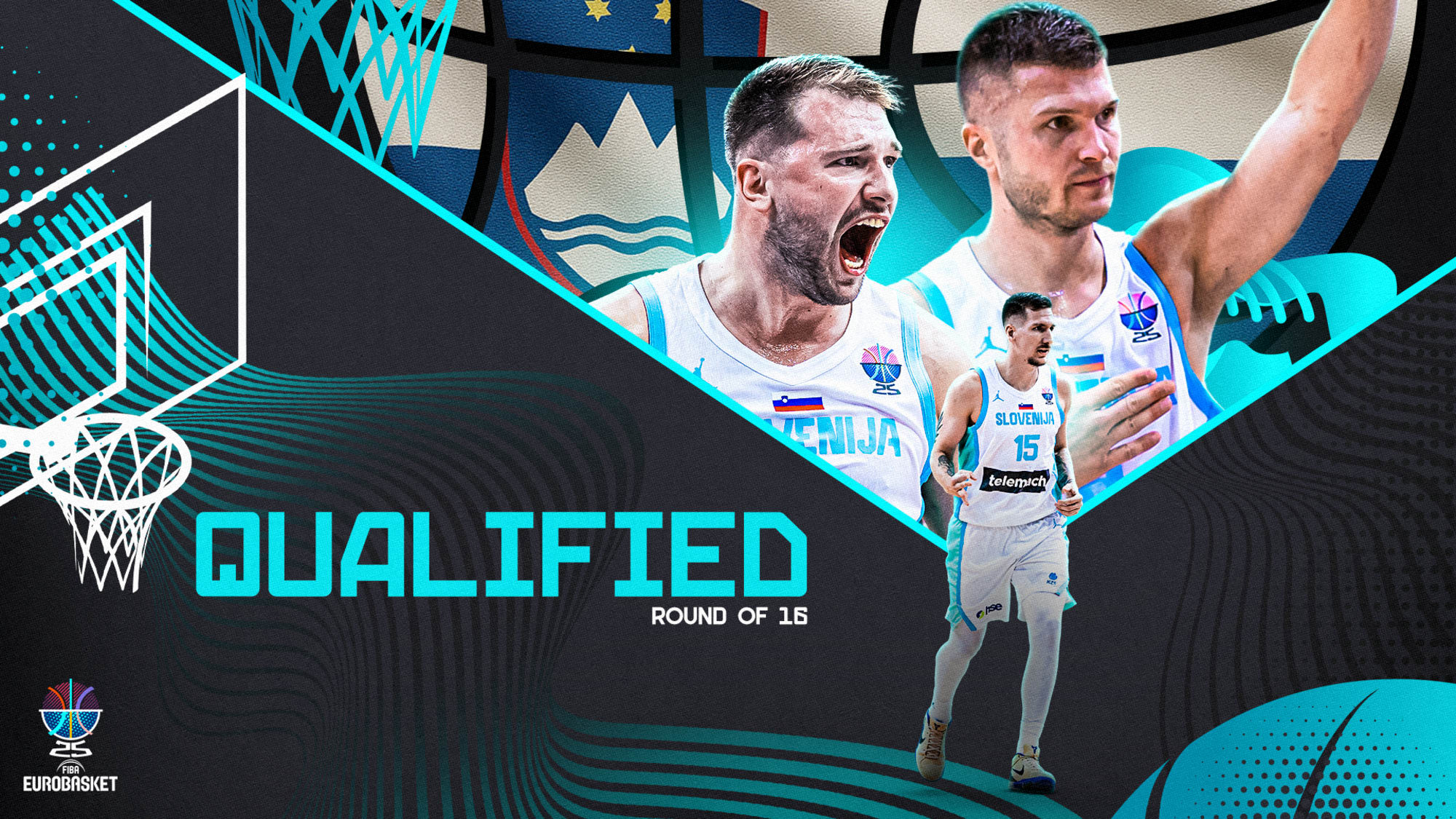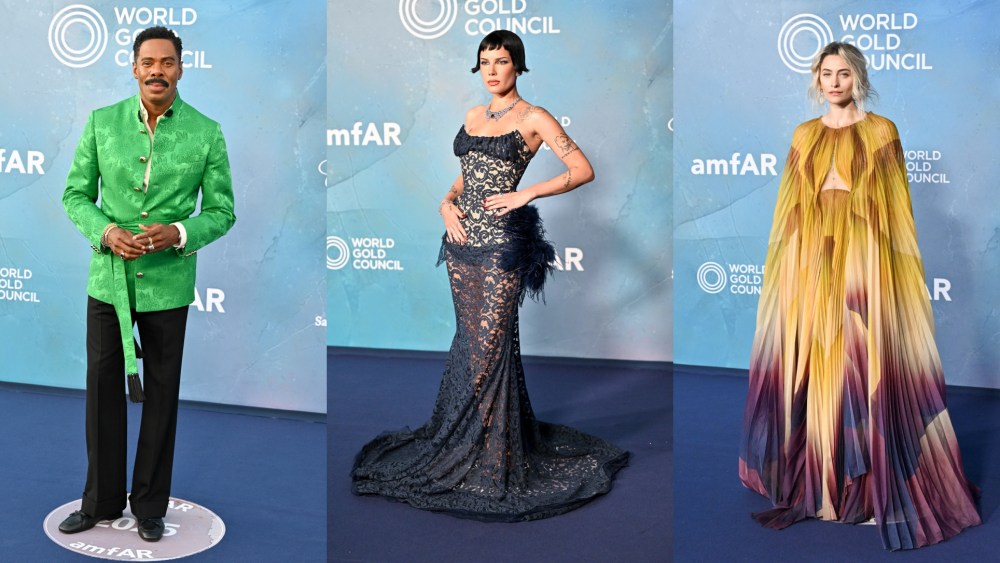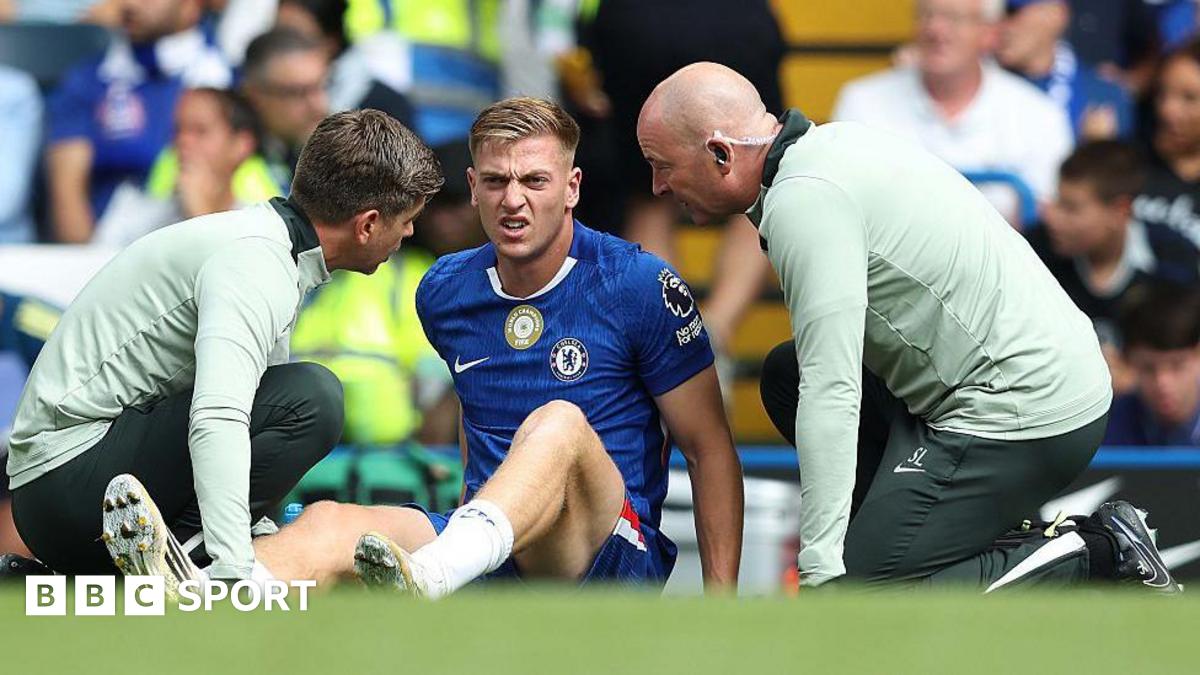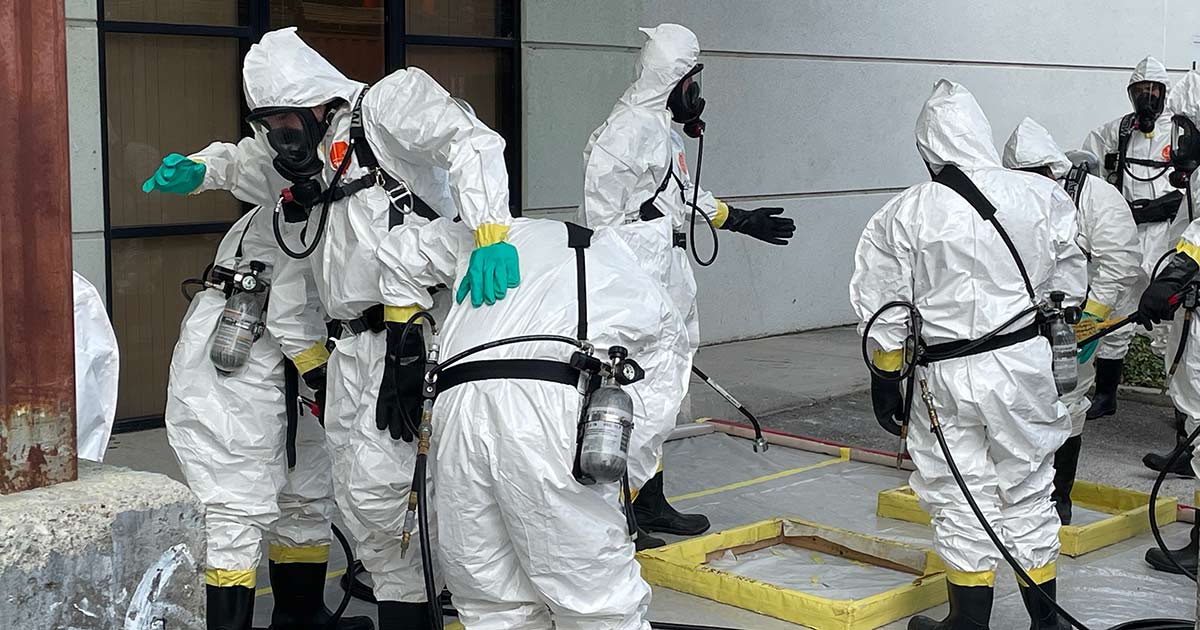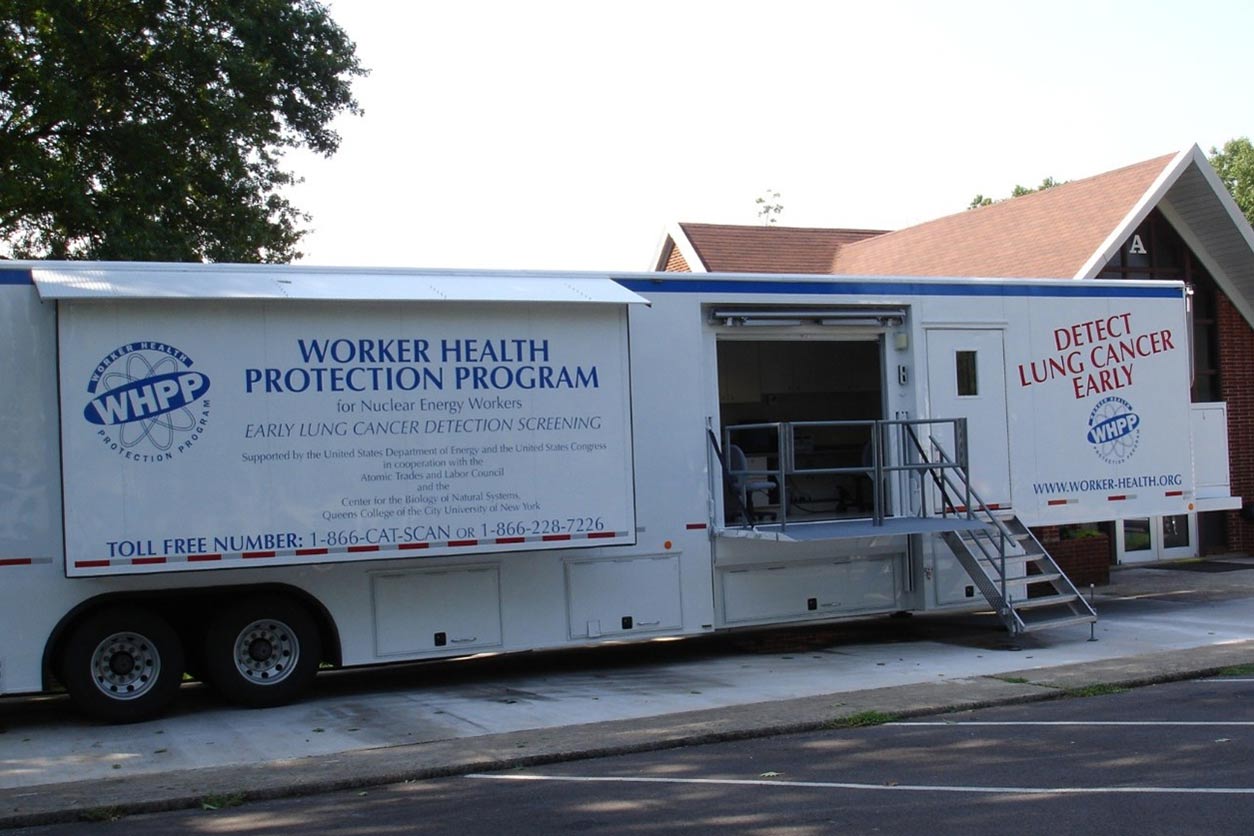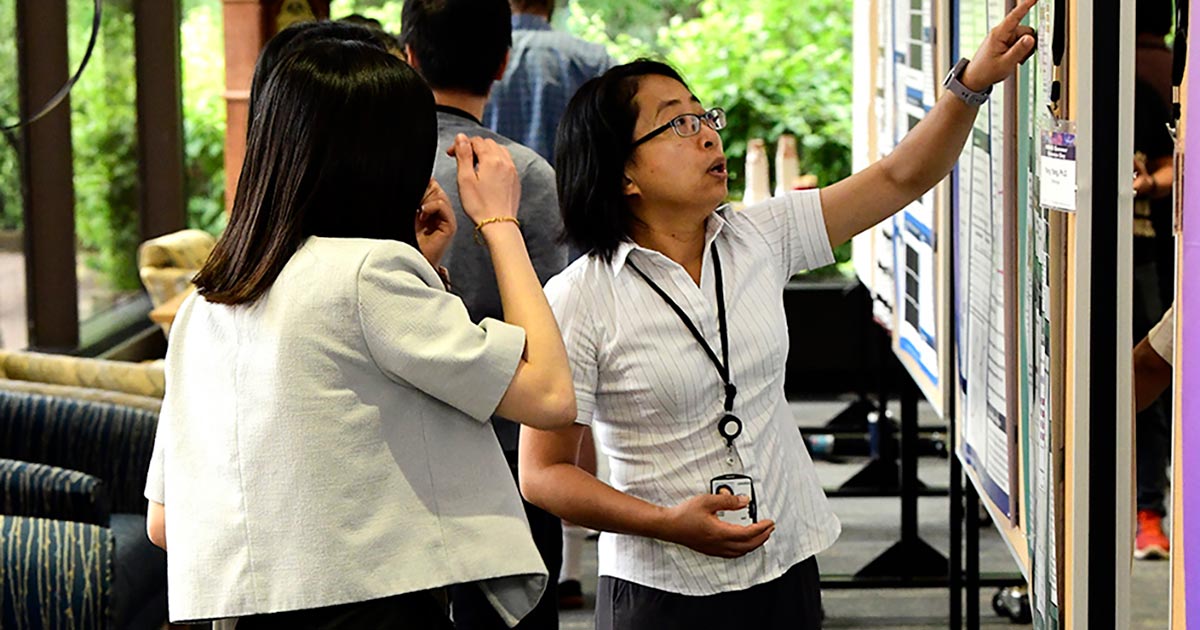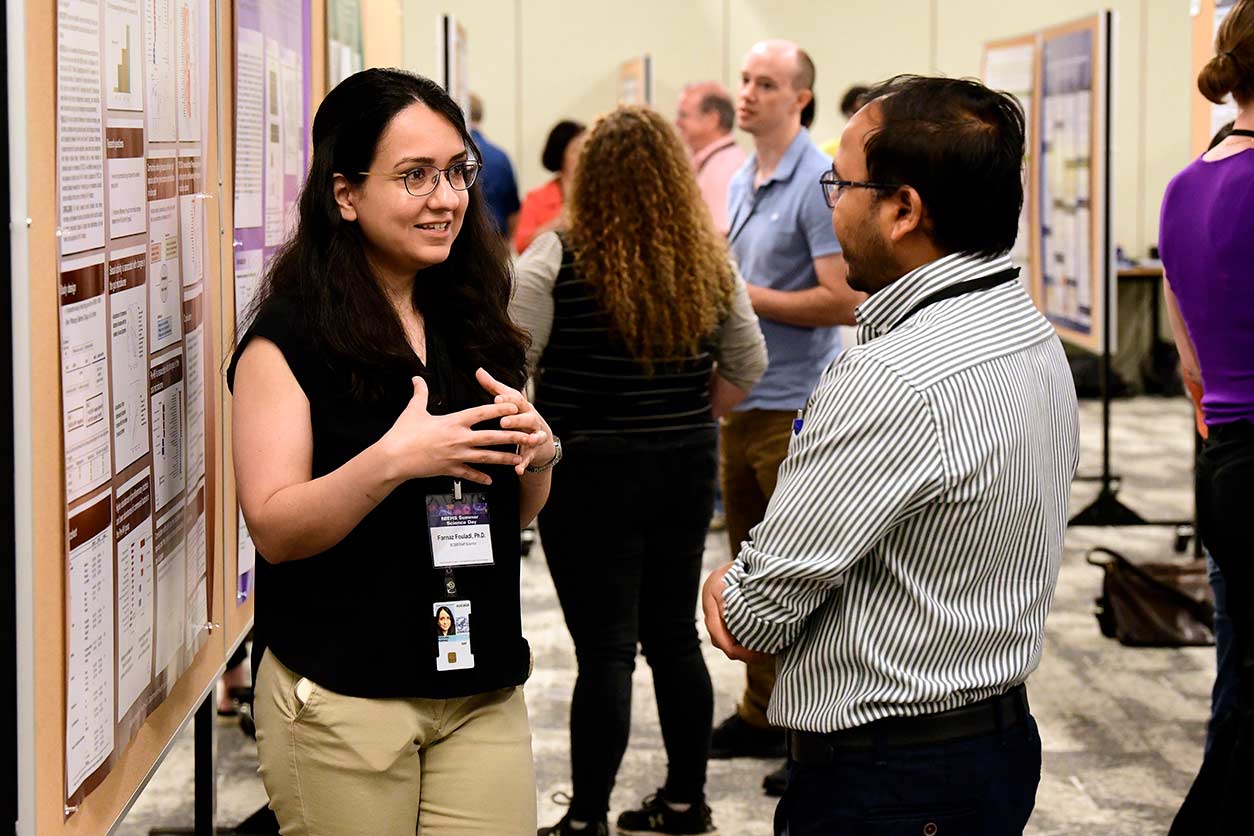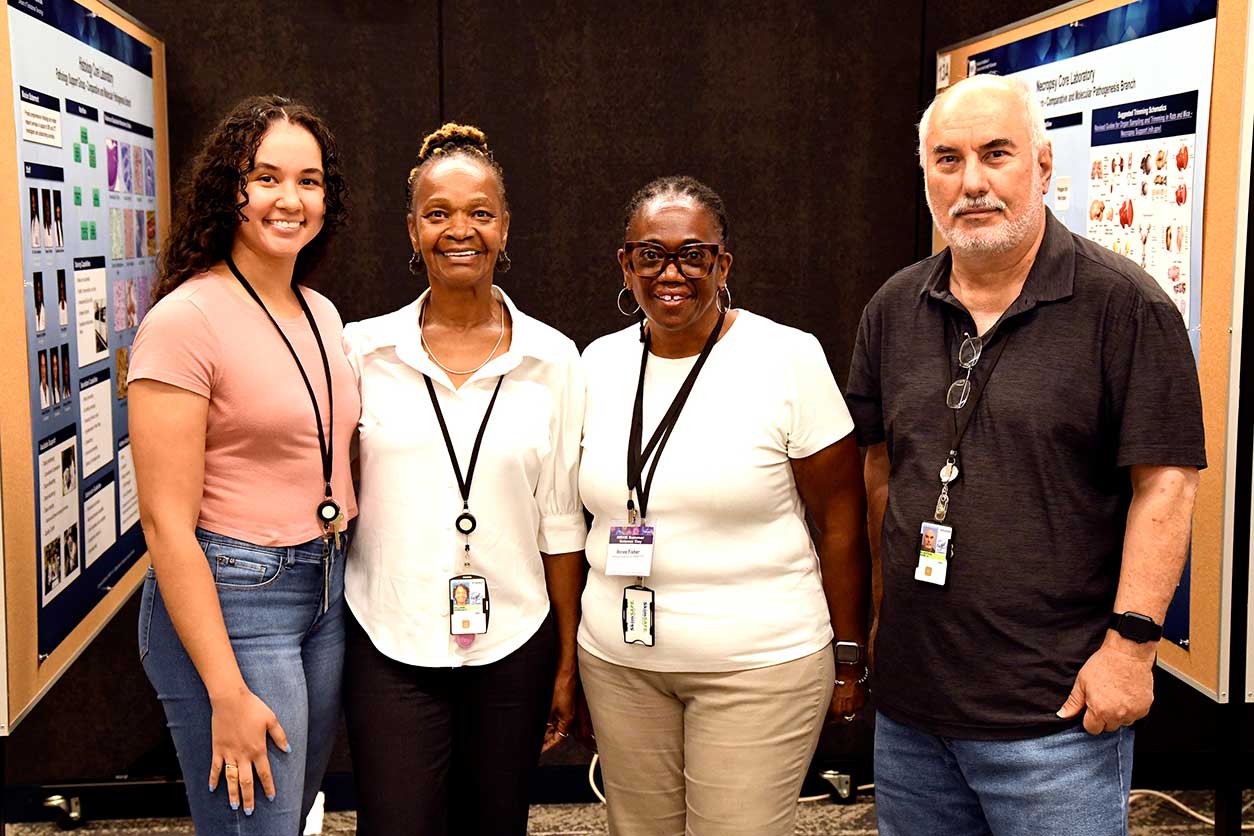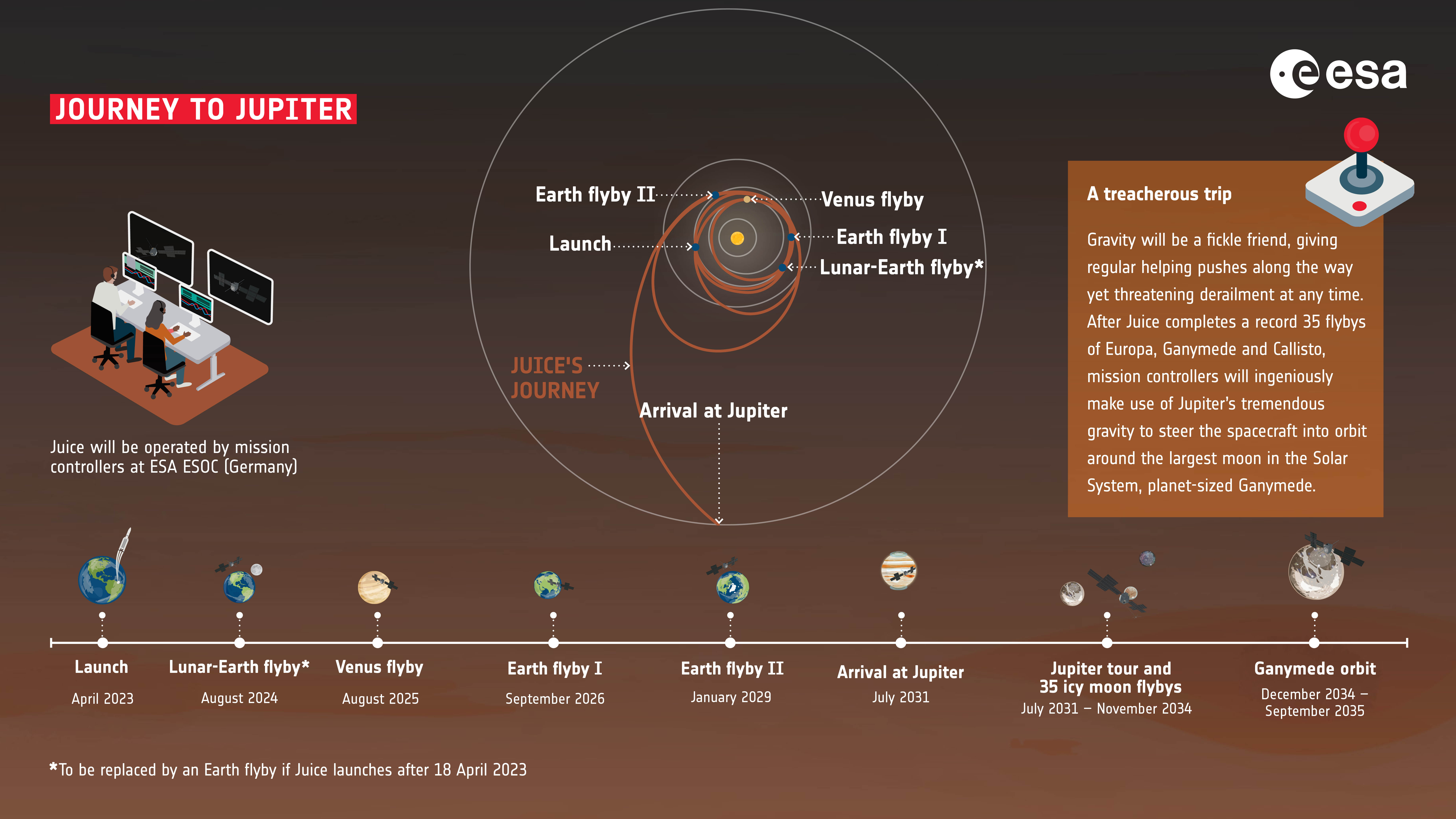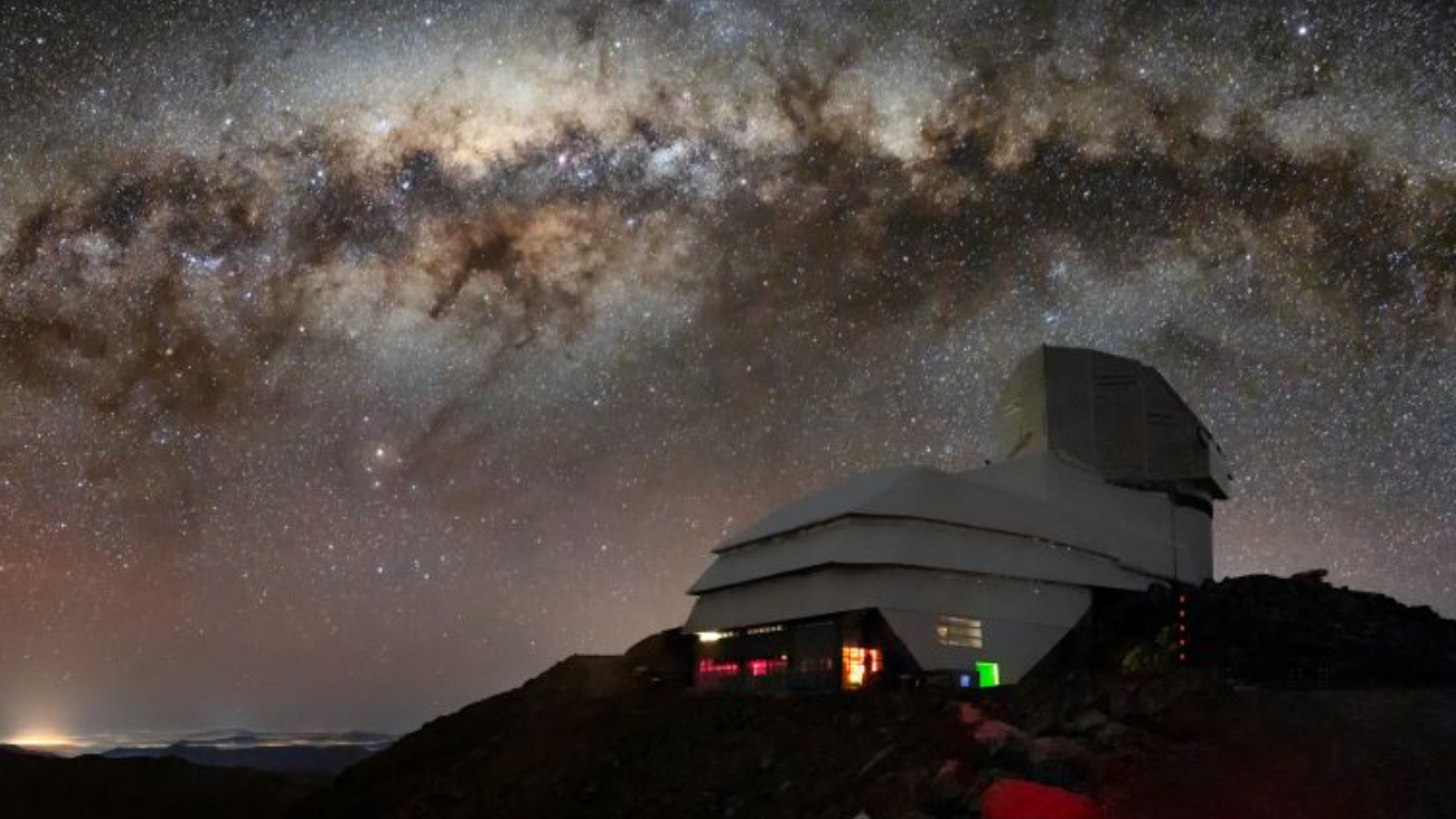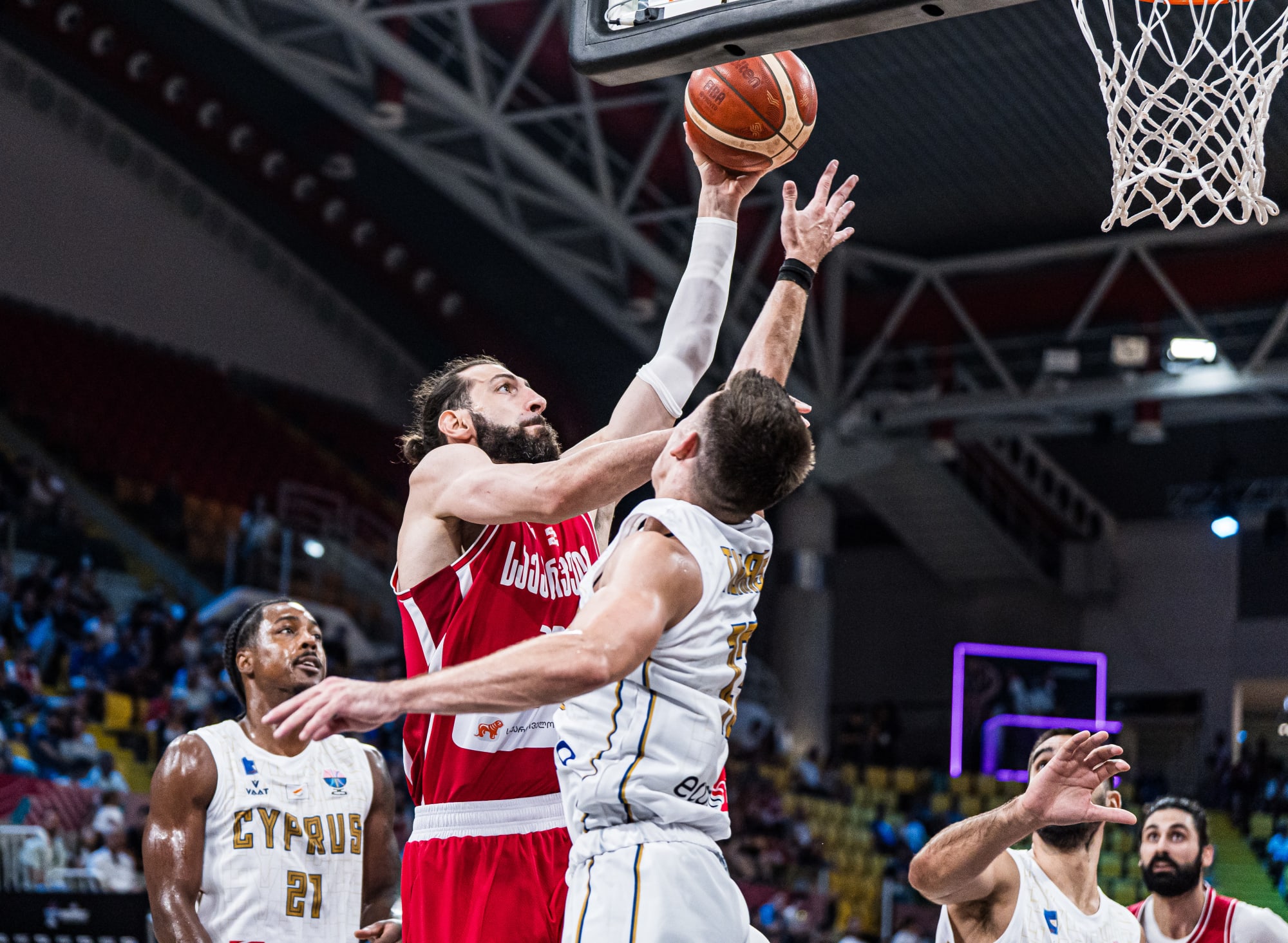Our next Heroes of the Storm patch has just hit the Public Test Realm and will be available for playtesting. As always, if you encounter any bugs during your PTR play sessions, please stop by the PTR Bug Report forum to let us know about your experiences.
Quick Navigation:
General
- Basic, Cleave, and Splash Attacks will now function more consistently across all Heroes through various situations. Changes that may impact the balance of the Hero will be listed in the Balance section.
- Updated Homescreen and Startup Music.
Return to Top
Map Updates
- General
- Forts, Keeps, and the Core will now grant Allied Heroes that take damage in their radius 50 Armor for 4 seconds. This effect has a 4 second cooldown and can only be granted to 1 Hero per Structure. While this Armor is in effect, Enemy Heroes that attack the target will be slowed by 20%.
- Forts, Keeps, and Core will no longer prioritize an Enemy Hero when an Allied Hero is attacked.
- Mercenary camps now spawn 30 seconds after the match begins (Down from 60 seconds).
- Small XP globes will now vanish if no allied Hero is within 15 radius of the globe.
- Structure Health increased by 12.5%.
- When a Hero attacks an enemy structure with a Basic Attack, minions near the building become inspired and gain 35% attack speed and 35% move speed for 3 seconds. This does not affect illusions or summons.
- Minions will now spawn exactly at MM:00 and MM:30.
- Blackheart’s Bay
- Bombardment now deals 20% reduced damage to Keeps and Cores.
- Cast time to turn in coins decreased from 7 seconds to 5 seconds.
- There are now 3 treasure chest locations. The first chest spawns in the top lane during the first phase, two chests spawn in the next three phases, and all three chests spawn every phase after that.
- There are now sight towers near Blackheart.
- You will now only drop half your coins upon death (rounded down).
- Hanamura
- Payload damage increase by 12.5%.
- Payload now moves 25% faster.
- Samurai lane pusher health reduced by 12.5%.
- Infernal Shrines
- Punishers will no longer leap over gates.
- Skeleton minions damage reduced by 25%.
- Skeleton minions health decreased from 400 to 300.
- Skeleton minions move speed increased from 3 to 3.5.
- Skeleton minions now have 20 magic Armor.
- Sky Temple
- Guardian Mighty Swing knockback duration reduced from 0.5 seconds to 0.375 seconds.
- Guardian Mighty Swing knockback is now interrupted by other knockback effects.
- Guardian Mighty Swing knockback speed increased to match pervious knockback distance.
- Guardian Mighty Swing will now interrupt any ongoing knockback effects.
- Warhead Junction
- Nukes damage updated to 1000 + 12.5% of target’s Max Health (was 2300 damage before).
- Nukes now ignite structures, dealing 0.8% of their Health per second for 12 seconds. Attacking the building will refresh the duration up to 8 seconds.
- Nukes now take 2.5 seconds to launch (Up from 1.5 seconds).
- There will now be fewer nukes that spawn.
Return to Top
Balance Update
Heroes
Dehaka
Base
- Brushstalker [D]
- Cooldown increased from 75 seconds to 240 seconds.
- Cooldown is reduced by 50 seconds when a Regen Globe is picked up.
Talents
- Level 20
- Apex Predator
- Cooldown reduction increased from 50 to 190 seconds.
- Apex Predator
Illidan
Talents
- Level 16
- Fiery Brand
- Attacking a different Hero from the last Hero attacked now resets progress on the previously attacked Hero.
- Blinds and Evasion now prevent any progress from being granted.
- If the target gains Stasis or Invulnerable, progress will be lost.
- Stacks now last 300 seconds.
- Fiery Brand
Kael’thas
Talents
The Butcher
Talents
- Level 13
- Brutal Strike
- Now loses stacks when attacking while Blinded or against Evading enemies.
- Brutal Strike
The Lost Vikings
Talents
- Level 10
- Longboat Raid
- Decreased Move speed no longer decreases the Longboat Raid’s starting speed and now reduces Longboat Raid Move speed by 25%.
- Longboat Raid
Thrall
Talents
- Level 7
- Elemental Assault
- NEW: After using a Basic or Heroic Ability, Thrall’s next Basic Attack within 4 seconds deals 45% more damage.
- Follow Through
- Elemental Assault
Uther
Base
- Holy Light [Q]
- Range increased from 7.75 to 8.
- Range is no longer increased to 8.75 after selecting Holy Shock.
Talents
- Level 4
- Holy Shock
- No longer grants reduced cooldown or Mana cost and instead costs less Mana and has a lower cooldown.
- Now features its own active button.
- Holy Shock
Valeera
Talents
- Level 7
- Slice and Dice
- REWORK: Grants 400% Attack Speed which is lost after attacking 3 times or after 3 seconds. Cooldown for the next attack after the third will not be reduced.
- Slice and Dice
Varian
Talents
- Level 10
- Warbringer
- Warbringer mana cost reduction reduced from 22.5 to 20.
- Mana cost reduction reduced from 22.5 to 20.
- Warbringer
- Level 20
- Demoralizing Shout
- Cooldown reduction increased from 2.5% to 5%.
- Demoralizing Shout
Return to Top
Bug Fixes
Map
- Sky Temple
- Fixed an issue that caused Roots to prevent Guardian Mighty Swing knockback.
Heroes
- Alarak
- Level 16
- Mocking Strikes
- Fixed an issue that caused Basic Attacks to display incorrectly when attacking a Silenced Hero after selecting Mocking Strikes.
- Mocking Strikes
- Level 16
- Artanis
- Level 4
- Shield Surge
- Buff Bar tooltip updated.
- Shield Surge
- Level 7
- Final Cut
- Buff Bar updated to show remaining duration.
- Now consumed if attacking while Blinded.
- Final Cut
- Level 16
- Titan Killer
- Bonus damage is now dealt before the primary Basic Attack damage. All other associated effects will still occur if this kills the target.
- Titan Killer
- Level 4
- Arthas
- Base
- Frostmourne Hungers [D]
- Fixed an issue that caused impact visuals and sound effects to be created on Arthas.
- Frostmourne Hungers [D]
- Base
- Azmodan
- Level 1
- Greed
- Fixed an issue that caused Globes of Annihilation empowered by Tide of Sin to deal more damage than intended to non-Heroes.
- Greed
- Level 4
- Battleborn
- Fixed an issue that caused impact visuals and sound effects to be created on Azmodan.
- Battleborn
- Level 16
- Total Annihilation
- Now displays as Total Annihilation in the Death Recap.
- Total Annihilation
- Level 20
- Level 1
- Brightwing
- Base
- Phase Shift [Z]
- Cast indicator is no longer hidden if the target is Polymorphed.
- Phase Shift [Z]
- Level 13
- Pixie Boost
- Movement Speed now gradually decays over is duration instead of in chunks.
- Pixie Boost
- Base
- Cassia
- Level 1
- Charged Strikes
- Fixed an issue that caused Charged Strikes to trigger multiple times in a row when gaining attack speed.
- Now applies to the next Basic Attack that is fired instead of the next Basic Attack that connects.
- Now displayed in the Buff Bar while in progress.
- Now increases in progress when Cassia fires her Basic Attack instead of after the missile impact.
- Progress is now displayed in the Buff Bar.
- Charged Strikes
- Level 16
- Martial Law
- Bonus damage is now dealt before the primary Basic Attack damage. All associated effects will still occur if this kills the target.
- Martial Law
- Level 1
- Chen
- Level 10
- Storm, Earth, Fire
- Earth’s attack Slow is now prevent by Blinds and Evasion.
- Earth’s Splash attacks are now prevented if the primary target is Evading.
- Storm and Fire’s attacks will now display as crits if granted an applicable Physical damage buff instead of a Spell damage buff.
- Storm, Earth, Fire
- Level 10
- Cho’gall
- Base
- Shove [Z]
- Fixed an issue that caused Shove to not push Cho if he is Rooted.
- Shove [Z]
- Level 1
- Calloused Hide
- Fixed an issue that caused Shove and other knockback effects to temporarily disable this talent’s benefits.
- Calloused Hide
- Level 20
- Fuel for the Flame
- Will no longer hit inactive Mercenaries if targets near these Mercenaries are hit.
- Will no longer hit inactive Mercenaries unless the primary target is also an inactive Mercenary.
- Fuel for the Flame
- Base
- Chromie
- Base
- Sand Blast [Q]
- Sand Echo will now be revealed to the target when hit by Sand Echo’s Basic Attack.
- Sand Echo will now be revealed when their Basic Attacks or Sand Blast deals damage while they are not visible.
- Sand Blast [Q]
- Level 20
- Unravelling
- Sand Echo will now be revealed when their Basic Attacks or Sand Blast deals damage while they are not visible.
- Unravelling
- Base
- Deathwing
- Base
- Dragonflight [Z]
- Fixed an issue that caused Dragonflight’s cast animation to be interrupted when Deathwing hits another Deathwing with his Basic Attack.
- Dragonflight [Z]
- Level 7
- Death Drop
- Armor reduction is now refreshed in duration when re-applied.
- Death Drop
- Level 13
- Fire and Fury
- Fixed an issue that caused Basic Attack impact visuals to be displayed on Deathwing if attacking a Slowed Hero.
- Fire and Fury
- Base
- D.Va
- Base
- Self-Destruct [E]
- Charge gained from Basic Attacks now occurs after all targets have been hit.
- Fixed an issue that caused Self-Destruct knockback to not apply correctly.
- Self-Destruct [E]
- Level 4
- Nuclear Option
- Self-Destruct charge gained from hitting targets in the Basic Attack bonus area now occurs after all targets have been hit.
- Nuclear Option
- Base
- E.T.C.
- Level 1
- Guitar Hero
- Healing visuals will no longer occur if E.T.C. is Blinded, the target is Evading, or if E.T.C.’s Health is at max.
- Guitar Hero
- Level 1
- Falstad
- Level 13
- Sustained Winds
- Bonus damage is now dealt before the primary Basic Attack damage. All other effects will still occur if this kills the target.
- Sustained Winds
- Level 13
- Fenix
- Level 1
- Arsenal Synergy
- Now applies to the next Basic Attack fired, instead of the next Basic Attack that connects.
- Mobile Offense
- Now applies to the next Basic Attack fired, instead of the next Basic Attack that connects.
- Arsenal Synergy
- Level 4
- Inhibiting Energy
- Cooldown is now applied when Phase Bomb is fired.
- Now applies to the next Basic Attack fired, instead of the next Basic Attack that connects.
- Inhibiting Energy
- Level 1
- Gazlowe
- Base
- Rock-It! Turret [Q]
- Fixed an issue that caused Defense Matrix applied to Gazlowe to not reduce Turret damage.
- Fixed an issue that caused Rock-It! Turrets created by an Ultimate Evolution clone of Gazlowe to not gain the increased damage.
- Rock-It! Turret [Q]
- Level 13
- Positive Reinforcement
- Fixed an issue that caused the bonuses to be applied when a Rock-It Turret attacked a target, instead of when it hits a target.
- Positive Reinforcement
- Level 16
- Ark Reaktor
- Fixed an issue that caused Defense Matrix applied to Gazlowe to not modify their damage.
- Fixed an issue that caused the miniature Rock-It! Turret to not fire at the correct location.
- Firin’ Mah Lazors
- Fixed an issue that caused the warning indicator to be visible in the Fog of War.
- Fixed an issue that caused Defense Matrix applied to Gazlowe to not modify their damage.
- Overklock
- Bonus damage is now dealt before the primary Basic Attack damage. All other effects will still occur if this kills the target.
- Ark Reaktor
- Base
- Greymane
- Level 10
- Go for the Throat
- Fixed an issue that caused Go for the Throat to play its cast animation on the target when Greymane targets another Greymane.
- Go for the Throat
- Level 16
- Alpha Killer
- Bonus damage is now dealt before the primary Basic Attack damage. All other effects will still occur if this kills the target.
- Alpha Killer
- Level 20
- Hunter’s Blunderbuss
- Now occurs while Blinded.
- Now searches after all effects on the primary target have completed, with the exception of Wizened Duelist.
- Tooth and Claw
- Now searches after all effects on the primary target have completed, with the exception of Wizened Duelist.
- Hunter’s Blunderbuss
- Level 10
- Illidan
- Base
- Dive [Q]
- Fixed an issue that caused Dive to play sound and visual effects twice if Illidan is targeting another Illidan.
- Dive [Q]
- Level 16
- Fiery Brand
- Bonus damage is now dealt before the primary Basic Attack damage. All other effects will still occur if this kills the target.
- Fiery Brand
- Base
- Imperius
- Base
- Valorous Brand [Q]
- Fixed an issue that caused Valorous Brand’s benefits for being consumed to be granted when the target gains Invulnerable, Stasis, or is killed.
- Fixed an issue that caused Valorous Brands to heal Imperius when a Branded target enters Stasis, gains Invulnerable, or is killed.
- Valorous Brands are no longer consumed if Imperius is Blinded or the target is Evading.
- Valorous Brand [Q]
- Level 1
- Burn the Impure
- Bonus damage is now dealt before the primary Basic Attack damage. All other effects will still occur if this kills the target.
- Now displays as Burn the Impure in the Death Recap.
- Since Blinds no longer consume Valorous Brands, this is now prevented by those effects.
- Burn the Impure
- Level 7
- Flash of Anger
- Additional target search now occurs after all effects on the primary target.
- Since Blinds no longer consume Valorous Brands, this is now prevented by those effects.
- Holy Fervor
- No longer prevented by Blinds or Evasion.
- Flash of Anger
- Level 13
- Divine Rage
- Fixed an issue that caused Valorous Brands to grant cooldown reduction when a Branded target enters Stasis, gains Invulnerable, or is killed.
- Since Blinds no longer consume Valorous Brands, this is now prevented by those effects.
- Divine Rage
- Level 20
- Unrelenting Descent
- Fixed an issue that caused Valorous Brands to grant cooldown reduction when a Branded target enters Stasis, gains Invulnerable, or is killed.
- Since Blinds no longer consume Valorous Brands, this is now prevented by those effects.
- Unrelenting Descent
- Base
- Jaina
- Level 10
- Water Elemental
- Fixed an issue that caused Water Elemental’s Basic Attack splash to hit Evading targets.
- Water Elemental’s Basic Attack splash no longer reveals the targets it hits.
- Water Elemental’s Basic Attack splash now reveals the area.
- Water Elemental
- Level 10
- Johanna
- Base
- Condemn [W]
- Fixed an issue that caused Condemn to pull Unstoppable targets.
- Condemn [W]
- Base
- Junkrat
- Base
- Basic Attack Splash damage now occurs while Blinded, but is still prevented by Evading targets.
- Base
- Kael’thas
- Level 10
- Phoenix
- Attack damage is now affected by Defense Matrix when Kael’thas is under its effects.
- Attack Splash no longer reveals targets hit.
- Attack Splash now reveals the area it hits.
- Phoenix
- Level 10
- Kel’Thuzad
- Base
- Chains of Kel’Thuzad [E]
- Now reveal both targets on chain link connection.
- Chains of Kel’Thuzad [E]
- Level 20
- The Damned Return
- Fixed an issue that caused the Shade to not be revealed when it deals damage.
- The Damned Return
- Base
- Kerrigan
- Base
- Ravage [Q]
- Fixed an issue that caused Ravage to play its cast animation on the target when Kerrigan targets another Kerrigan at close range.
- Ravage [Q]
- Base
- Kharazim
- Base
- Radiant Dash [Q]
- Fixed an issue that caused Radiant Dash to appear incorrectly when cast on another Kharazim.
- Radiant Dash [Q]
- Level 1
- Iron Fists
- Fixed an issue that caused the triggering attack to not play the correct impact sound.
- Iron Fists
- Base
- Li-Ming
- Level 4
- Charged Blast
- Tal Rasha’s Elements bonus is now additive instead of multiplicative.
- Now deals damage before the Basic Attack deals damage.
- Charged Blast
- Level 7
- Seeker
- Now shows in the Death Recap as its own entry.
- Now displays as Seeker in the Death Recap.
- Now happens after the third Magic Missile deals damage.
- Seeker
- Level 20
- Tal Rasha’s Elements
- Tal Rasha’s Elements bonus is now additive instead of multiplicative.
- Tal Rasha’s Elements
- Level 4
- Lucio
- Base
- Crossfade [W]
- Crossfades from different Lúcios can now stack together.
- Fixed an issue that caused the display of affected allies to not display correctly if more than 7 Heroes are in Crossfade’s radius.
- The display of affected allies of Crossfade now include targets in the Boombox Crossfade radius.
- Soundwave [Q]
- Fixed an issue that caused Soundwave to push Unstoppable targets.
- Crossfade [W]
- Level 1
- Party Mix
- Fixed an issue that caused toggling between Healing Boost and Speed Boost to cause the duration counter to be inaccurate.
- Party Mix
- Level 13
- All Together
- Fixed an issue that caused allies in the Boombox’s Crossfade radius to not grant Movement Speed.
- Fixed an issue that caused the Movement Speed bonus to not behave consistently if multiple Lúcios are in the game.
- All Together
- Level 20
- House Party
- Fixed an issue that caused allies in the Boombox’s Crossfade radius to not grant bonus Healing.
- Fixed an issue that caused the Healing bonus to not behave consistently if multiple Lúcios are in the game.
- Summer Anthem
- Now grants its effects to allies in Boombox’s Crossfade radius.
- House Party
- Base
- Lunara
- Level 7
- Wild Vigor
- Fixed an issue that caused the 4th Basic Attack to not display impact effects.
- Now applies to the next 4 Basic Attacks fired, instead of the next 4 Basic Attacks that connect.
- Now applies to the next attack fired instead of the next attack that hits.
- Wild Vigor
- Level 7
- Nazeebo
- Base
- Corpse Spiders [Q]
- Fixed an issue that caused Defense Matrix to not reduce the damage of Corpse Spiders.
- Fixed an issue that caused Ultimate Evolution clones of Nazeebo to not grant Spell Power bonuses to Corpse Spiders.
- Zombie Wall [W]
- Fixed an issue that caused Defense Matrix to not reduce the damage of Zombie Wall.
- Fixed an issue that caused Ultimate Evolution clones of Nazeebo to not grant Spell Power bonuses to Zombie Wall.
- Corpse Spiders [Q]
- Level 7
- Dead Rush
- Now increases the damage of already existing Zombie Wall Zombies when the talent is selected.
- Dead Rush
- Level 10
- Gargantuan
- Fixed an issue that caused Defense Matrix to not reduce the damage of the Gargantuan.
- Gargantuan
- Base
- Orphea
- Level 4
- Backbiter
- Fixed an issue that caused Backbiter to not move Orphea if she is Rooted.
- Chaotic Assault
- Fixed an issue that caused the damage bonus to be granted when Orphea has less than 3 Overwhelming Chaos if she dies with 3 Overwhelming Chaos.
- Backbiter
- Level 10
- Crushing Jaws
- Fixed an issue that caused Crushing Jaws pull to not apply correctly.
- Crushing Jaws
- Level 4
- Raynor
- Level 7
- Unstable Compound
- Mana restored is now bundled together when multiple Heroes are hit.
- Mana restoration now restores all Mana at once, instead of 10 Mana for each individual Hero hit.
- Unstable Compound
- Level 7
- Rehgar
- Base
- Ghost Wolf [Z]
- Fixed an issue that caused Ghost Wolf Lunge attacks targeted at Rehgar to cause the target Rehgar to play an attack animation.
- Ghost Wolf [Z]
- Level 16
- Hunger of the Wolf
- Fixed an issue that caused Blinds and Evasion to not prevent this from activating.
- Hunger of the Wolf
- Base
- Rexxar
- Level 13
- Dire Beast
- Now causes Misha, Charge! to display as a critical when at 5 or more stacks.
- Bonus damage is now applied to the next Misha, Charge!
- Dire Beast
- Level 13
- Samuro
- Base
- Advancing Strikes [Trait DQ]
- Blind and Evasion now prevent activation.
- Advancing Strikes [Trait DQ]
- Base
- Sgt. Hammer
- Level 1
- Ambush
- Now displays the remaining duration until the Cloak becomes active around the Trait button.
- Ambush
- Level 7
- Pulse Detonation Core
- First instance of damage is now displayed as Spider Mines in the Death Recap.
- Mana restored is now bundled together when multiple Heroes are hit.
- Mana restored is now combined for Siege Mode attacks.
- Pulse Detonation Core
- Level 20
- Shrapnel Mines
- Duration of all Amor reduction stacks are now refreshed when re-applied.
- Shrapnel Mines
- Level 1
- Sonya
- Level 16
- Giant Slammer
- Bonus damage is now dealt before the primary Basic Attack damage. All other effects will still occur if this kills the target.
- Now displays as Giant Slammer in the Death Recap.
- Giant Slammer
- Level 16
- Stitches
- Level 4
- Playtime!
- Mana restored is now bundled together when multiple Heroes are hit.
- Tooltip updated to include Mana restored when hitting Heroes with Slam’s inner area.
- Playtime!
- Level 4
- Tassadar
- Base
- Resonance Beam [Trait]
- Fixed an issue that caused Resonance Beam to gain charge prior to dealing damage past the first instance of damage.
- Resonance Beam [Trait]
- Level 7
- Arc Discharge
- Now happens prior to all other effects when a Basic Attack would grant progress.
- Arc Discharge
- Level 10
- Archon
- Splash attacks now happen after all other effects on the primary target have completed.
- Archon
- Base
- The Butcher
- Base
- Butcher’s Brand [W]
- Fixed an issue that caused Butcher’s Basic Attack impact visuals to not be correctly altered against Branded targets.
- Butcher’s Brand [W]
- Level 13
- Brutal Strike
- Now consumed while Blinded or against Evading enemies.
- Now displays in the Buff Bar.
- Savage Charge
- Now displays as Savage Charge in the Death Recap.
- Brutal Strike
- Base
- The Lost Vikings
- Baleog’s Basic Attack damage will now be properly affected by other damage modifiers when empowered by Explosive Attacks.
- Fixed an issue that caused Olaf’s charging attack to not gain the benefits of Nordic Attack Squad or Impatience is a Virtue.
- Olaf
- Fixed an issue that caused Charge to not grant the bonuses from Nordic Attack Squad.
- Fixed an issue that caused Charge to go on cooldown when targeting enemies near Olaf’s position.
- Fixed an issue that caused Charge to not grant the bonuses from Impatience is a Virtue.
- Erik
- Increase Move speed no longer increases Erik’s starting speed and now grants Erik 15% Move speed, stacking with other effects.
- Baleog
- Fixed an issue that caused Splash damage to not grant bonuses from Impatience is a Virtue.
- Level 1
- Explosive Attacks
- Bonus damage is now a multiplicative bonus.
- Explosive Attacks
- Level 13
- Nordic Attack Squad
- Bonus damage is now dealt before the primary Basic Attack damage. All other effects will still occur if this kills the target.
- Nordic Attack Squad
- Thrall
- Level 16
- Tempest Fury
- The initial third Windfury attack now features impact visuals.
- Tempest Fury
- Level 16
- Tracer
- Level 7
- Focus Fire
- No longer progresses while Blinded or against Evading targets.
- Now displays in the Buff Bar how many hits have occurred on the current attack target, as well as the window before tracking resets.
- Now progresses prior to dealing damage instead of after dealing damage.
- Focus Fire
- Level 7
- Tyrael
- Level 13
- Law and Order
- Now displays in the Buff Bar.
- Law and Order
- Level 13
- Tyrande
- Level 4
- Mark of Mending
- Now displays as Mark of Mending in the Death Recap.
- Mark of Mending
- Level 4
- Uther
- Level 4
- Guardian of Ancient Kings
- Duration is now increased by talents that grant additional Devotion Armor duration.
- Guardian of Ancient Kings
- Level 16
- Benediction
- Fixed an issue that could cause abilities cast while Benediction is active to grant Uther Mana.
- Benediction
- Level 4
- Valla
- Base
- Vault [E]
- Damage bonus now applies to the next Basic Attack fired.
- Vault [E]
- Level 10
- Rain of Vengeance
- Fixed an issue that caused cast visuals to not display correctly.
- Rain of Vengeance
- Base
- Varian
- Level 4
- Twin Blades of Fury
- Fixed an issue that caused Twin Blades of Fury to display the wrong cooldown reduction value.
- Twin Blades of Fury
- Level 20
- Glory of the Alliance
- Fixed an issue that caused Glory to the Alliance to display incorrect cooldown reduction value after selection.
- Glory of the Alliance
- Level 4
- Whitemane
- Level 7
- Saintly Greatstaff
- Marker is no longer removed if Whitemane is Blinded or target is Evading.
- Saintly Greatstaff
- Level 7
- Zagara
- Summons are now affected by Defense Matrix and Ultimate Evolution damage modifications.
- Zarya
- Targets that enter the splash area between instances of Zarya’s Basic Attack hitting the primary target will no longer be hit instantly.
- Level 7
- Deep Burn
- Energy gained is now bundled together when multiple marked Heroes are hit.
- Energy is now gained after the primary target and all Splash attack targets have been hit, causing all target to take equal damage when Deep Burn grants Zarya Energy.
- Deep Burn
- Zul’jin
- Level 20
- A Surprise For Ya!
- Now gains the benefits of Berserker being active if the fired Attack had Berserker active.
- A Surprise For Ya!
- Level 20
Return to Top
Click here to discuss this post with other players in the official Heroes of the Storm forums.
